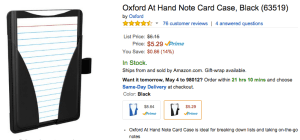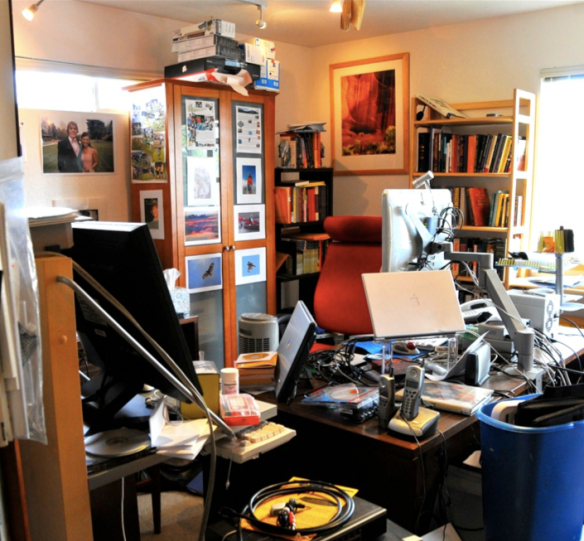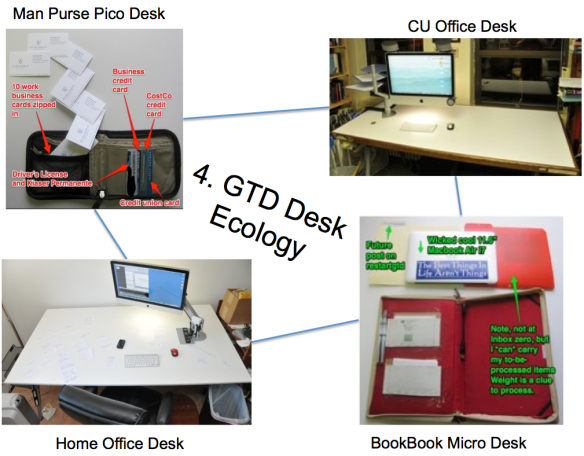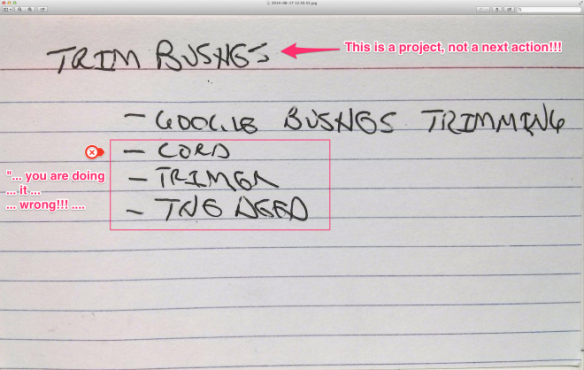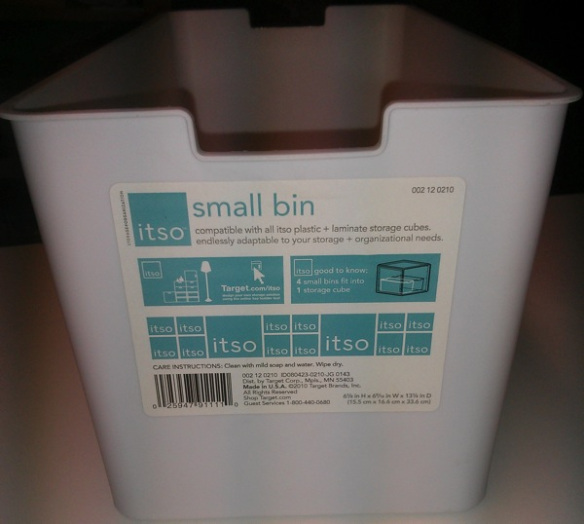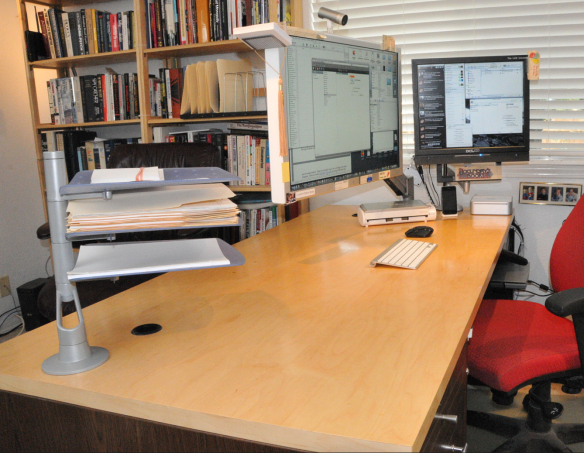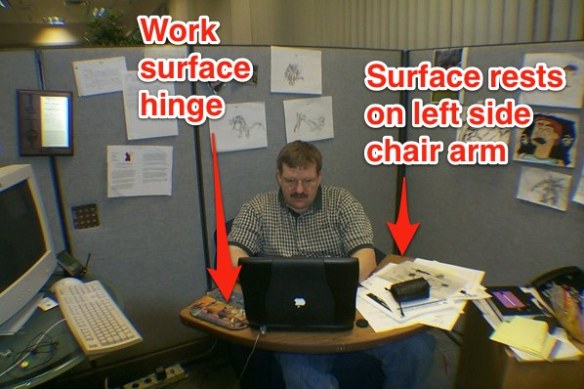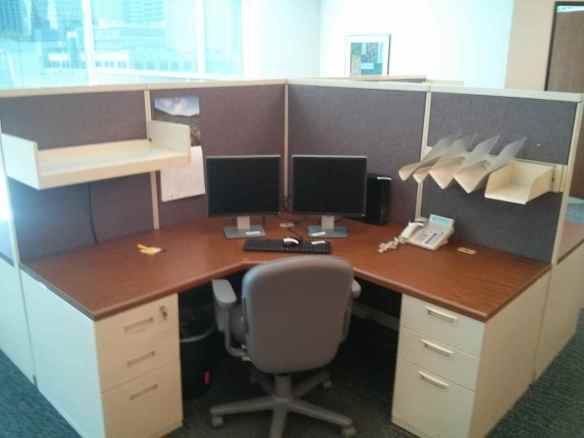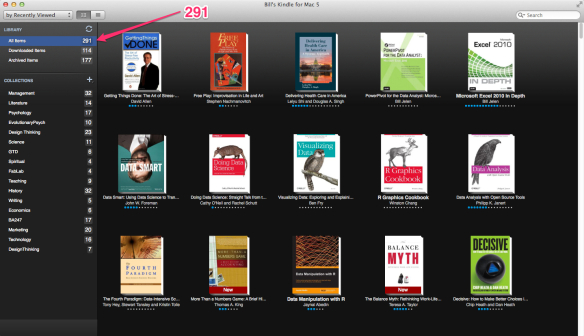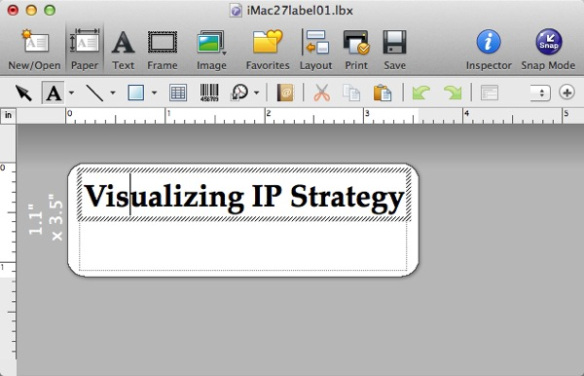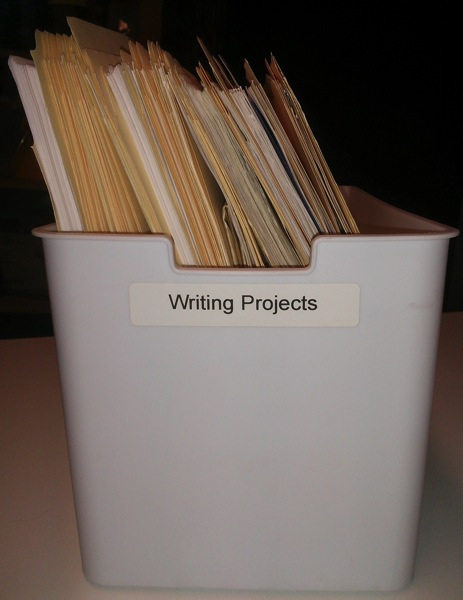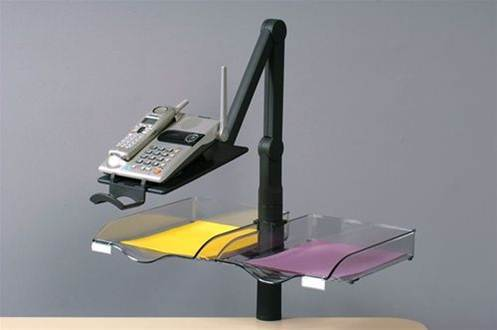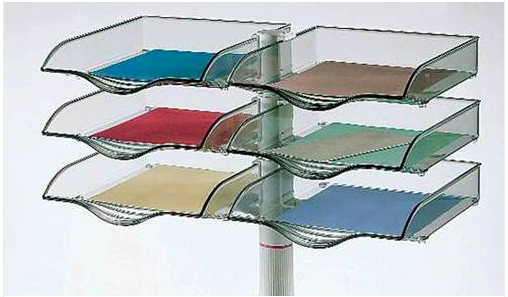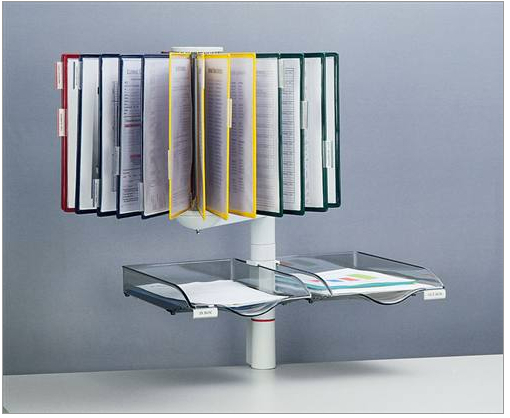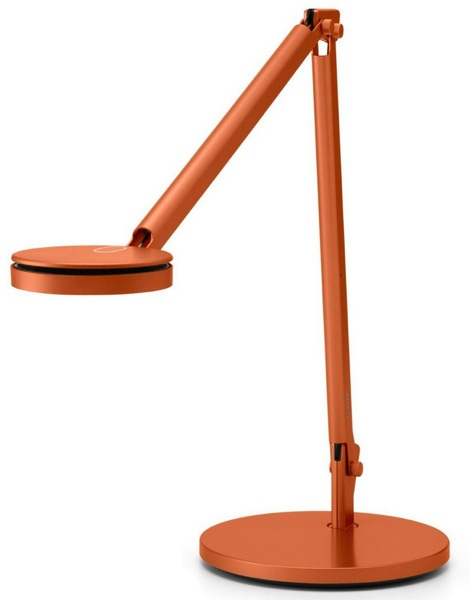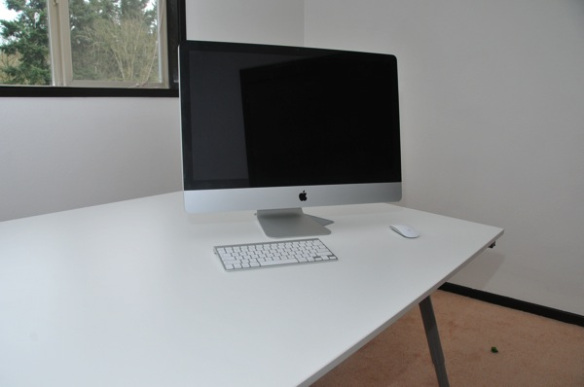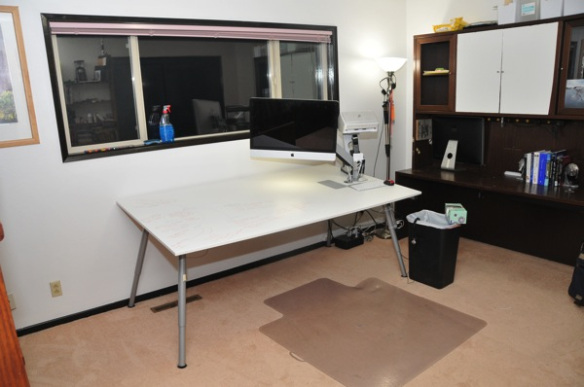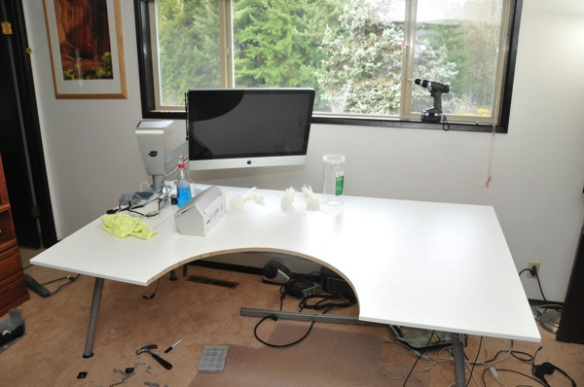Purpose of this post is to share a *find* … of the 3×5 kind. I have started carrying an Oxford hand-note-card case. And, it is FANTASTIC!!!
I keep the case with 10 or so blank 3×5 cards (stored in the middle pouch so the cards do not get beat up) in my right front pocket. Even the pen holder is useful. I keep a skinny red pen in the case, so I can drag the case out and be ready to capture. Ideas, projects, action items, … whatever. There are also front and back slots to keep cards that have been written. So the case allows me to keep next actions with me, separate from blank cards.
The workflow:
- Take card case out, and capture the GTD open loop.
- Slide the open loop into the front or back slot
- Front slot is for general GTD open loops that can be closed without capture in my digital system. Probably about 50% of the open-loop-cards I capture will be completed without being entered electronically.
- Back slot is for project related cards that for the most part end up in OneNote or Evernote.
The confession:
- I lost the first hand note case I purchased, but because it had become indispensable for me, I’ve re-ordered another from Amazon.com
Discussion:
- How can someone who uses both Evernote and OneNote need 3×5 cards?
Because my brain loves 3×5 cards. The most powerful organizing that I do is to lay out 3×5 cards on a giant table, and then re-organize them by sliding them into columns of related ideas.
When I put my entire trusted system into the MOST EXCELLENT OmniFocus, my brain refused to use the system. I could not bring myself to sit down at my desk. I *think* in Ready for Anything David Allen actually says “If you get too organized, your brain will refuse to use your system.” Certainly the case for me. So as I’ve documented in the evolution of my trusted system, I use 3×5 cards as my default “one idea, one piece of paper” capture system.
bill meade

